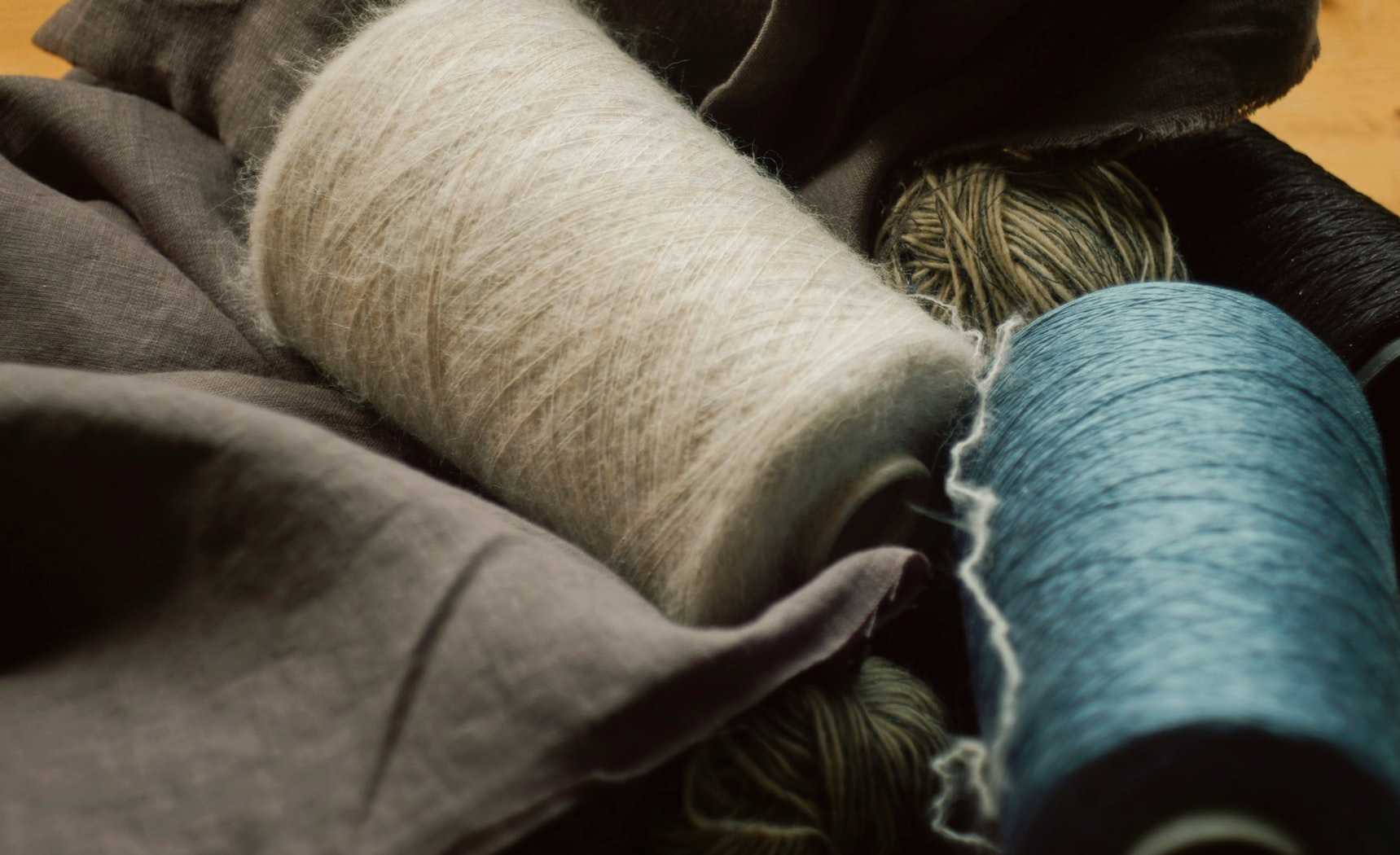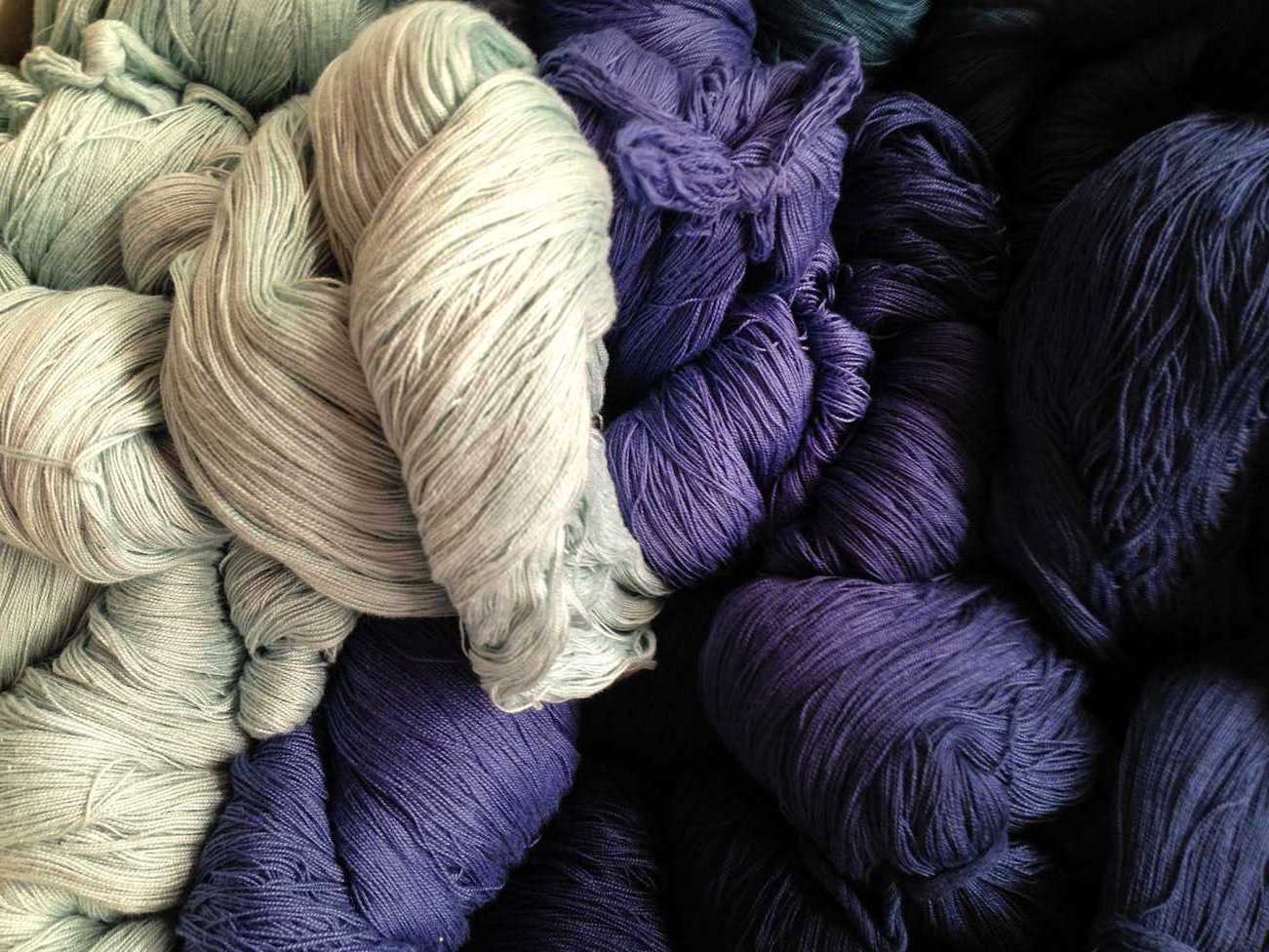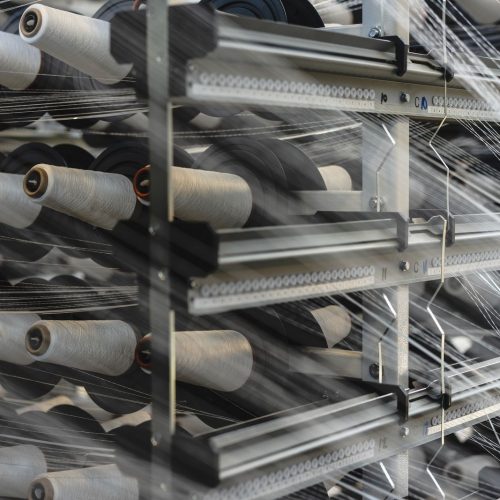5 Toxic Textiles to Avoid
So many of us are already very conscious of what we are putting into our bodies. Eating the right food, using natural cosmetics but has it ever crossed your mind to be aware of the clothes you are wearing? That these stretchy fabrics too can be toxic and harmful? Dangerous chemicals are being used in manufacturing these toxic textiles that are durable and inexpensive to produce (which makes them so popular especially in fast fashion). But is the price worth putting yourself and the environment in danger? NO.
To receive the Luxiders newsletter, sign up here.
Skin is the largest organ we have and absorbs almost everything it is exposed to. Especially when you are sweating, the pores open and allow the body to absorb all the chemicals through the moisture. Last time we talked about how dangerous can be using cosmetics full of nasty chemicals. This time we want to point out which chemical-rich textiles to avoid.
Try to stay away from Synthetics
That could be easier said than done right? Synthetics are all around us, the most popular fibres in the world. Why? Because it is durable and not very expensive to make and that makes it a bargain for fast fashion. But do you really want to wear a dress that is basically made out of oil?
Synthetics are not biodegradable, or it takes hundreds of years. Fabrics release microfibers into water when washed and up to 40% enter lakes, rivers, and oceans. Fishes eat them and then they comes back to us, and this is happening over and over again. Synthetics can also produce significantly more greenhouse gases than CO2 and the chemicals used during the manufacturing process, remain in the material and wearing them exposes us to multiple health hazards like skin rashes, nausea, headaches and many more. Plus, the clothes usually smell bad after we sweat just a little. Crazy we putting ourselves through this every day, isn’t it? Well let’s name the most dangerous and common ones.
Polyester
Probably the most popular and most used from all the synthetic fabrics. If you check labels of clothing, you have at home you might be surprised by how many pieces are made of polyester. This textile is Petroleum based (using millions of barrels of oil every year). PET, plastic which is also used to make bottles. It is hard to recycle and take up to 200 years to biodegrade, which means that the skirt you bought will most likely end up in a landfill and stay there for centuries. It is often added as a blend to the natural fabric which makes it even harder for us to avoid. Harmful toxins are disposed in the water during production and the air is being polluted. Polyester can cause many different health issues, so your body is expose to the danger of potential skin irritation as itching, redness or rashes. Different studies exist that link plastic as a possible contributor to breast cancer.
But it is worth mentioning that there is an alternative. Recycled Polyester is way more sustainable then the virgin one, production uses half as much energy and saves plastic from landfill. It still breaks down into microplastic, but we can prevent it from leaking into the environment by using the washing bags that filter out the microfibers (more on that and how to do your washing more sustainably in our laundry post). So you can still be mindful and wear your favourite yoga pants.
Acrylic
Then we have acrylic. Petroleum based, made of a chemical which is labelled a carcinogen and a mutagen. Fibres are highly flammable, so production has to be extremely monitored as there is a danger of an explosion. It is considered as a wool replacement; however, it becomes really hard for our skin to breath under acrylic fabric and as the body temperature rises it helps to release the chemicals that are absorbed by our skin afterwards. Again, it can cause skin rashes, headaches, nausea, limb weakness, kidney problems and breathing difficulties.

Nylon
The last synthetic that we would like to mention and would advise you try to stay away from is Nylon, which as usual is made out of petroleum and is heavily chemically treated. This is the go-to material for making nylons, underwear and socks, we all own it. It doesn’t absorb sweat from the skin and can cause variety of skin allergies, headaches, dizziness and system dysfunctions.
In general, try to remember that anything which is resistant, stain-proof, flame resistant wrinkle-free, waterproof -- basically all the fabrics that are meant to make your life easier -- are treated with toxic chemicals and these are better to be avoided.
Ok, enough with the synthetics. Now let’s talk about two more fibres that might seems like natural and way better alternatives then the ones made of plastic, but in the matter of fact that might make them even more dangerous as many people think that they are eco-friendly, quite the opposite! The first one is:
Rayon (also known as) Viscose
This fibre is made from cellulose that is chemically converted from wood pulp, which might seem as a better alternative to petroleum-based synthetics, but it is not. What happens is that the fibre is made of trees, that in its natural habitat are far from being soft and silky fabric as we know it, so that is when the chemical and mechanical process come to play. Workers in the factories that are exposed to these chemicals are at high risk of hysteria, stroke and nerve damage and when are those chemicals disposed into the water not only does it affect the eco-system but the whole community can be poisoned. And your clothes are full of these toxins so when they are absorbed by your skin it can cause nausea, headaches, vomiting and insomnia. Not such a good alternative anymore, is it? Well there is one more thing we all should keep in mind while buying something new: Rayon is a big contributor to deforestation all around the world and it is incredibly uneconomical as typically dissolving pulp from rayon wastes around 70% of the tree! Imagine you might actually wear a t-shirt made of trees from an endangered rainforest -- insane right?
Still with us? The last one might come as a surprise for some people, as you might not expect to read the word cotton in an article about the toxic fabrics. But we have to mention it.
Conventionally produced Cotton
Cotton represents nearly half of the total fibre used to make clothing and most of it is genetically modified. Confused? Yeah, we can get easily fooled but conventional cotton. High levels of potentially harmful pesticides and toxic chemicals are being used during the farming process, making it one of the agriculture’s most polluting crops. To grow cotton is also incredibly resource intensive as it takes around 2700 litres of water to grow a t-shirt. So even though cotton is natural and biodegradable, it doesn’t mean it is not harmful. It also goes hand-in-hand with human right abuse and social distortion. For example, in countries like Uzbekistan farmers are denied ownership of the land they work on and are forced to work for ridiculously low wages, often with help from children that are being used to help with the harvest every year.
It is worth mentioning that there is an alternative to genetically modified cotton and that’s Certified Organic Cotton, which is produced without the use of pesticides or chemicals and uses way less water and energy! Just make sure that it is certified.
Are you wondering what to do now? Is there anything you can wear? Don’t panic as there are plenty alternatives that you can look for the next time you go shopping. Go for natural fibres like hemp, certified organic cotton or wool, Tencel, linen, Pinatex. Always read the labels as the clothing companies are required to disclose the materials in their products. Ideally always choose certified and organic textiles.
Be kinder to yourself and to the environment.


+ Words: Kristina Kasparova
Kristina Kasparova is a creative nomad, free spirit seeking real conversations and inspiring stories. Czech made, she is currently based in London, focused on more ethical fashion and sustainable life.
Instagram: @kristinakasparova




